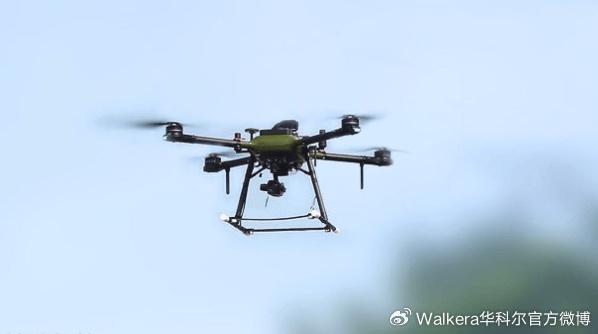Drones have revolutionized the way we perceive aviation, and with their growing prevalence, the need for robust drone remote ID systems has become paramount. Remote Identification is akin to a digital license plate for drones, allowing for enhanced safety and regulation in the skies. As governments worldwide recognize the potential and risks associated with unmanned aerial vehicles (UAVs), implementing effective drone remote ID solutions is critical for airspace management.
Understanding Drone Remote ID
The concept of remote ID is straightforward: it involves broadcasting information that helps identify drones in real-time. This can include details such as the drone’s location, velocity, and operator identity. By leveraging this technology, air traffic controllers and other stakeholders can monitor drone activities, ensuring compliance with regulations and increasing accountability among operators.
is straightforward: it involves broadcasting information that helps identify drones in real-time. This can include details such as the drone’s location, velocity, and operator identity. By leveraging this technology, air traffic controllers and other stakeholders can monitor drone activities, ensuring compliance with regulations and increasing accountability among operators.
The Importance of Drone Remote ID
Drone remote ID plays a crucial role in maintaining airspace security. Without this system, it becomes challenging to discern legitimate operators from malicious or negligent entities. This identification mechanism aids law enforcement agencies in responding swiftly to incidents, potentially averting threats or accidents. Furthermore, remote ID fosters a harmonious coexistence between manned and unmanned aircraft, enhancing the overall efficacy of the aviation ecosystem.
Key Features of Effective Remote ID Systems
For a remote ID system to be effective, several features are essential. Firstly, the system should provide real-time data transmission, which ensures timely information dissemination. Secondly, compatibility with existing drone technologies is vital for seamless integration. Additionally, robust encryption mechanisms safeguard sensitive data, preserving operator privacy while fulfilling security needs.
Challenges in Implementing Remote ID
While the benefits are evident, implementing drone remote ID systems is not without challenges. Privacy concerns arise over the amount and type of data collected, sparking debates over the balance between safety and individual rights. Furthermore, standardization across international borders is complex, given the diverse regulatory landscapes. Technological hurdles also exist, as varied drone models may require different solutions for remote identification.
The Future of Drone Remote ID
With technology advancing rapidly, the capabilities and applications of drone remote ID are set to expand. Innovations in AI and machine learning can enhance the predictive capabilities of these systems, allowing for proactive management of potential airspace conflicts. As adoption grows, stakeholder collaboration will be crucial in shaping policies that drive the responsible use of drones worldwide.
FAQs
- What data does drone remote ID broadcast? The typical data includes the drone’s identification number, location, speed, and the operator’s identity, providing a comprehensive overview for monitoring purposes.
- Are there privacy concerns with drone remote ID? Yes, privacy concerns are valid as remote ID systems collect personal operator data, but encryption and stringent regulatory frameworks aim to mitigate these issues.
- How does remote ID impact hobbyist drone operators? Remote ID requirements may impose additional operational guidelines for hobbyists, promoting safety while ensuring they comply with national regulations.